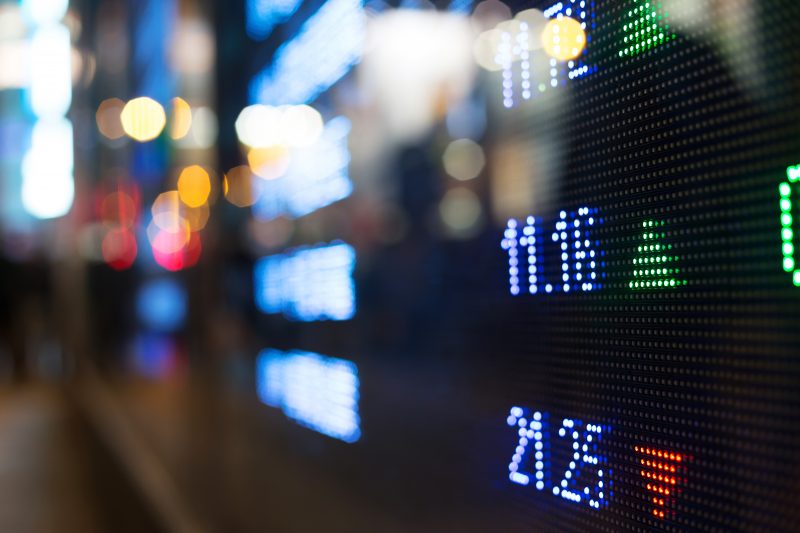While rallying consistently over March to July 2023, Indian equities took a breather in 2023, and benchmark indices such as the Nifty and S&P BSE Sensex corrected modestly and ended the month at about 2.5% lower with respect to July 2023.
However, the mid-cap and small-cap indices continued to rise and outperformed the large-cap benchmark.
The key events or drivers during the month include pro-growth announcements by China in the face of slowing growth, moderating inflation across major economies, resilient domestic growth, weakness in monsoon in India, etc.
Most major sectors performed modestly during the month, with information technology (IT) and capital goods outperforming with oil and gas, banking, consumer staples, auto and metals as the key underperformers.
The foreign portfolio investors (FPIs) bought equities worth US$ 1.5 billion in August 2023 (July 2023: US$ 4.1 billion) and have cumulatively bought equities worth US$ 19.7 billion in the first five months of FY24 (5MFY24) (5MFY23: US$ -6.8 billion).
The domestic institution investors (DIIs) also bought net equity worth US$ 3.0 billion in August 2023 (July 2023: sold US$ 0.3 billion) and have cumulatively bought equity worth US$ 3 billion in the 5MFY24 vis-à-vis net buying of US$ 17 billion during the same period in 2022.
The flows to mutual funds (MF) ticked up further to Rs 11,000 crore in July 2023 compared to Rs 8,600 crore in May 2923. Cumulatively, MF flows have moderated in 4MFY24 to Rs 27,500 crore compared to Rs 95,400 crore in the same period in 2022.
In the first quarter of the financial year 2023-24 (Q1FY24) results, earnings of industrials, pharma, aviation and chemicals were better than expected, while those of banks, non-banking financial companies (NBFCs), oil and gas, metals, auto, cement and consumer durables were in line with expectations. The results of IT and consumer staples were lower than expected.
On August 31, 2023, the Nifty-50 traded at about 17.9 times the FY25E price-to-earnings (P/E) multiple. The valuation multiples are off their recent peaks but at an elevated level vis-à-vis the historical averages.
Similarly, market cap-to-GDP stood at 95% (based on CY24 GDP estimates), and the gap between 10-year government securities (G-Secs) yield and 1year-Forward Nifty 50 earnings yield remains higher than historical averages {Earning yield = 1/(one year forward P/E)]. However, one should view these valuations in the context of structurally attractive nominal GDP growth, a robust economic recovery, a healthy corporate earnings outlook and robust de-levered corporate and banking balance sheets.

Rajiv is an independent editorial consultant for the last decade. Prior to this, he worked as a full-time journalist associated with various prominent print media houses. In his spare time, he loves to paint on canvas.





